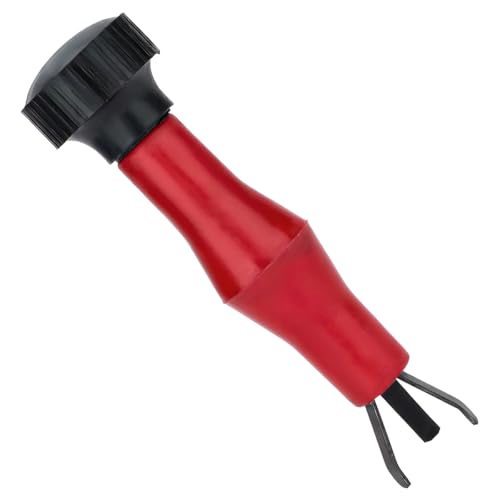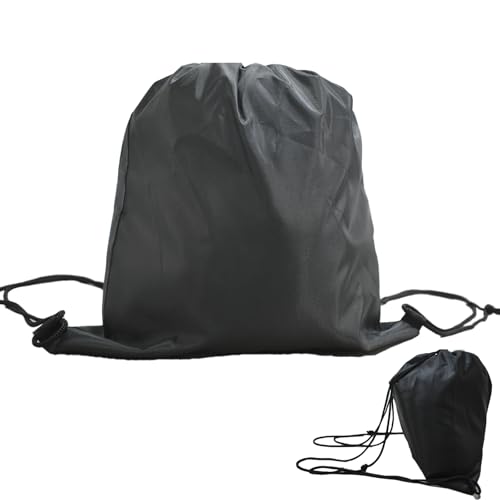Your honesty and clarity of thought/writing is definitely worth some thoughtful response. So I am going to attempt making a worthwhile reply.
First, I have over 30 years of licensed street riding under my belt, and more than 40 years dirt experience. What that means is that I have been stupid more times than you will ever get the chance to be.

Here goes...
If I may, I'd like to submit a serious request for advice... after reading thru the following -- flame and kick at me all you want but then please add your thoughts that I might attain your level of wisdom and practice.
I volunteer to personally kick anyone's a$$ who puts down someone for being honest as you have.
Yesteray I joined JimLor, FJR Gary, and E1Allen for JimLor's test ride of the 2-Up EOM run he's planning.
There's the hint of your first mistake. I have ridden with E1Allen, and he is one of the boldest young riders I've ever seen on the FJR. His forte is flat-out WFO runs, and he has no quarrel with gagging the motor for all it will do. But he is well under 30 and has yet to develop into his full sense of mortality.

After a short time I honestly felt like I may have been over my head & was definitely holding them back... that, in concert with this overwhelming desire to click the ruby slippers 3 times and chant "there's no place like home".
I'll admit to feeling EXACTLY the same after my first group ride at EOM last year. The FJR was new to me and I had never owned a bike with anywhere close to its capabilities. Humans tend to become better at things we do repetitively. So there's nothing wrong with practice or the recognition that you need or want some!
At our lunch stop I decided that I had to ride within my comfort zone which in reality meant that the distances between myself and my friends became even greater. When our route came near an intersection for a major highway - I threw a quick salute to E1Allen and headed in the opposite direction for home. Beleve me, not my most stellar moment.
Wrong, [SIZE=14pt]WRONG,[/SIZE] [SIZE=24pt]WRONG!!![/SIZE]
I bet that will go down in history as one of your MOST stellar moments. It's the moment when you realized and owned that it was not your pace, not your day, not your time. In racing it is said that "anybody can win a race, but a true champion has to be able to recognize a good day from a bad one and manage the differences every day."
Can you describe to me in a clear way how you approach these kinds of roads. What is your technique? What is happening with braking and accelerating? Where are you at in the gear range? I know -- look thru the turn -- I was doing look thru the turn. I know lean, I was trying to lean. But, what about the mechanics of riding it? What are your hands and feet doing? Yeh, I know I need to get my butt to some schooling and learn in a controlled environment but I have no idea when I can do that... too many kids and grandkids means little disposable income. I'd like some practical advice for now. I want to get a clear mental picture so I can practice. Hell, I'll shoot the mountain over 211 in the Shenandoahs all next weekend to practice. But I don't want to let this get the better of me, I want to learn it right, and I want to not be intimidated by the conditions.
There's been a lot of mentions about MSF courses and such above. Let me say that at the ripe old age of 45, I took the MSF course. Not because I had to, but because I wanted to. I was so very impressed and so very amazed and so very pleased, to learn that much of what that course teaches I do automatically without thinking about it. My Dad was my original instructor, followed by years of learning to read and react to cagers from a motorcycle perspective.
I'll say this as a preface... If you disect my riding technique, it contradicts many of the things people tell you NOT to do. Mainly because I use a lot of braking techniques associated with racing and admittedly, if I screw up, everyone is going to see me crash and burn. But there are some good sense things I have in common with MSF and others.
* Never outrun your line of sight. The only time I make an exception is when following someone that I trust implicitly (like Grumpy). But understand that even then, I understand that I am placing my life in his hands. So never outrun your line of sight unless you would not hesitate to jump on the back with that person and give them free reign with your nads.
* You can only gain as much speed as you can get rid of. (We Southerners love to end a sentence with a preposition.) This is also race mentality, but it holds true on the street. Just how good are you at braking? How quickly and accurately do you assess the stopping distance required by the FJR at a given speed, lean angle, road conditions etc.? Know the bike by learning the bike. But mostly, learn to STOP first. The GO part comes much easier.
* Move your a$$, turn your head, and stop being so damn rigid! One of the true joys of piloting a motorcycle is learning to dance with the machine. This ain't no Gameboy! Become an active part of the ride.
There are some FJR-specific opinions I will also share...
* Let it rev! There's a red-line on the tachometer and a rev-limiter circuit on the ECM. You don't need to be bumping against either of those regularly, but if you let that beasty motor wind up more and then use that engine braking in conjunction with good front brakes, you will be absolutely amazed at how fast the Feej will accel/decel. That allows you to be QUICK, while the bike is upright and stable. This will go a long way towards keeping up with the Jones' on twisties. So "When in doubt, gear down!".
* Leave the junk in the hotel room or at home. I ride with WAY too much gear packed. I actually prefer the CG of the bike with the side bags on and empty, as opposed to off. But I'm guilty of carrying around loads of crap much too often and missing out on just how much better the bike handles with a light load.
Lastly I'll add that if you are conciously thinking of do-this, do-that, tasks as you engage cornering, then IMHO you are already riding over your head. Your conscious thoughts should be of escape plans and not the basic task of getting around the corner. Slow down and think your way into the next corner, but react through it. Always ride a pace where you can PLAN as opposed to THINK. Reaction and timing will come with gas and tire consumption.
It's very easy to get involved in planning the next farkle and forgetting that planning the next trip or ride is just as important. If you are a newbie then you need seat time. There's no substitute and IMHO, group rides are not the best place to get that experience. There are just way too many additional things going on. Try pairing with someone (for safety among other reasons) and do some short bursts with follow-up evaluations. It's really okay to pull off to the roadside and talk about what just happened, no matter how uneventful it may seem.
My $.02
Jeff




























![fjackets Real Lambskin Leather Biker Jacket — Quilted Cafe Racer Zip Up Moto Leather Jackets For Men | [1100085] Johnson Brown, XL](https://m.media-amazon.com/images/I/41I7Pm1f+vL._SL500_.jpg)


































